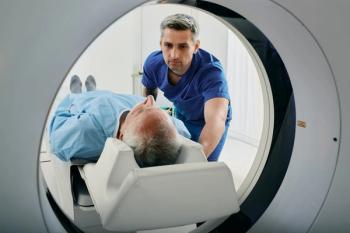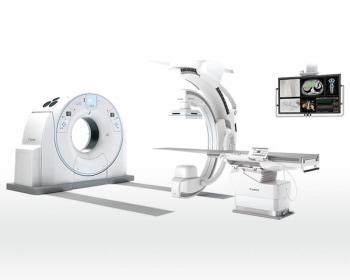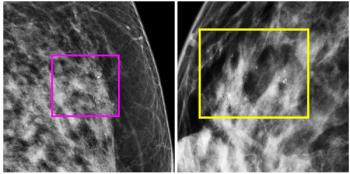
Dose Misconceptions Could Lead to Missed Findings in Emergency Department
Concerns about CT dose levels could lead providers to overlook findings, especially in pregnant patients.
Certain concerns about radiation dose that emergency radiologists have could be getting in the way of capturing the best images possible for some patients, one expert has said.
During an Oct. 1 presentation at the American Society of Emergency Radiology (ASER) 2020 Annual Meeting, Tim Szczykutowicz, M.D., associate professor in the University of Wisconsin School of Medicine and Public Health radiology, medical physics, and biomedical engineering departments, discussed some commonly held misperceptions about radiation exposure with pregnant patients, as well as cumulative effective dose.
Overall, he said, providers should feel comfortable about ordering scans for patients – especially when forgoing imaging or dialing the dose back too much could have a deleterious effect.
“Emergency radiologists should not be afraid to order a study for a pregnant patient or not order a procedure based on a patient’s cumulative effective dose,” he told Diagnostic Imaging. “Fear of over-radiation in CT has been sensationalized by the lay press for a decade.”
In particular, Szcyzkutowicz outlined three situations where radiologists could be overly cautious about radiation dose.
For more coverage based on industry expert insights and research, subscribe to the Diagnostic Imaging e-newsletter
Pregnant patients with suspected pulmonary embolism (PE): Emergency radiologists should remember that the dose levels provided during CT scans are already low – far below levels that could be potentially harmful to a fetus – and dropping dose even further will compromise the integrity and usefulness of any diagnostic image. In those instances, he said, critical findings can be overlooked.
“You don’t want to do a lot of things that will reduce the dose and bring down that quality of imaging because then you might miss the PE,” he said. “If the mother has a pulmonary embolism that doesn’t get detected or treated, that’s going to hurt the fetus a lot more than these potential radiation risks.”
It’s also important to remember, he said, that excluding the lung bases from the scan can limit protocol robustness, as can skipping timing bolus or bolus tracking. And, if a lead shield is used – which he recommended only in cases where it eases patient anxieties – it should not be placed near the lung bases.
Pregnant patients and head CT: In these instances, he said, radiologists should feel confident in conducting the scans without any worries of significant radiation dose reaching the fetus, Szcyzkutowicz said. In essence, because virtually no radiation reaches the unborn baby it would take more than 200 CT scans before any effect was seen.
“This should not be a worry at all,” he explained. “The only radiation getting outside the direct area of the head being scanned is a little bit of leakage that squirts out of the side.”
And, those levels of leakage are regulated by the U.S. Food & Drug Administration. The amount is so low, he added, that providers would need specialty measuring equipment for it to register.
He also advised against using lead shielding with these patients. Not only can they potentially increase anxiety, but they can also slide up with pregnant patients, potentially interfering with any head CT scans that include the neck region. In addition, they can also interfere with the bolus tracking if the scan is CT angiography.
Cumulative effective dose: Radiologists should also be careful in how much weight they give to cumulative effective dose (CED) when trying to decide whether to perform an exam, he said. In some cases, denying a patient a scan because they have had multiple previous diagnostic imaging studies could actually put him or her at greater risk by missing an existing, life-threatening finding.
"There is a danger here in applying this concept in an incorrect way. If a patient comes in and is indicated for a head or chest CT and the ordering physician doesn’t order it because they see a high cumulative effective dose, that could be a problem,” he said. “We might be talking about increase someone’s baseline cancer risk from 40 percent to 40.001 percent, but if they have an undiagnosed chest pain, they could be dead within 24 hours.”
Ultimately, he said, there are no existing studies that link CED to increased cancer risks, and there is no current consensus about the time period over which it should be summed.
Newsletter
Stay at the forefront of radiology with the Diagnostic Imaging newsletter, delivering the latest news, clinical insights, and imaging advancements for today’s radiologists.



























